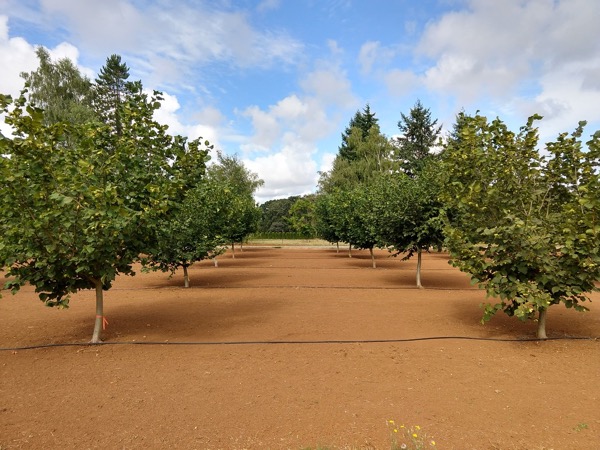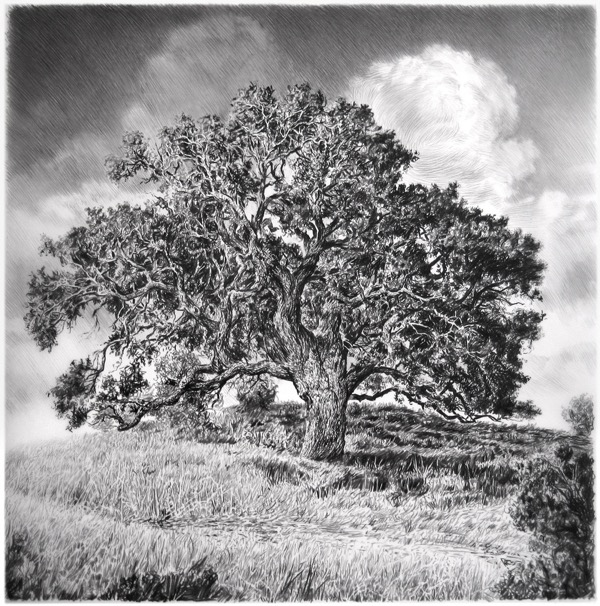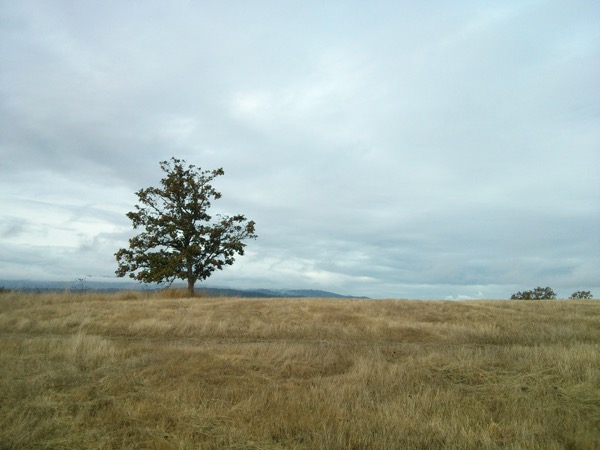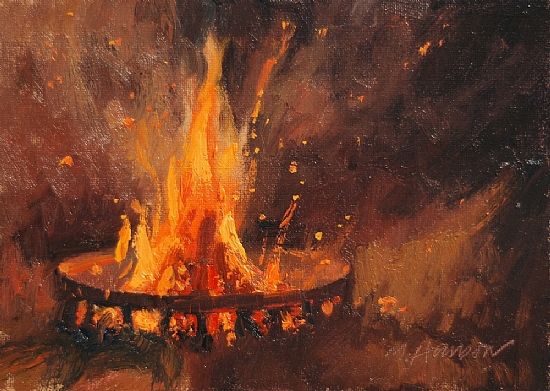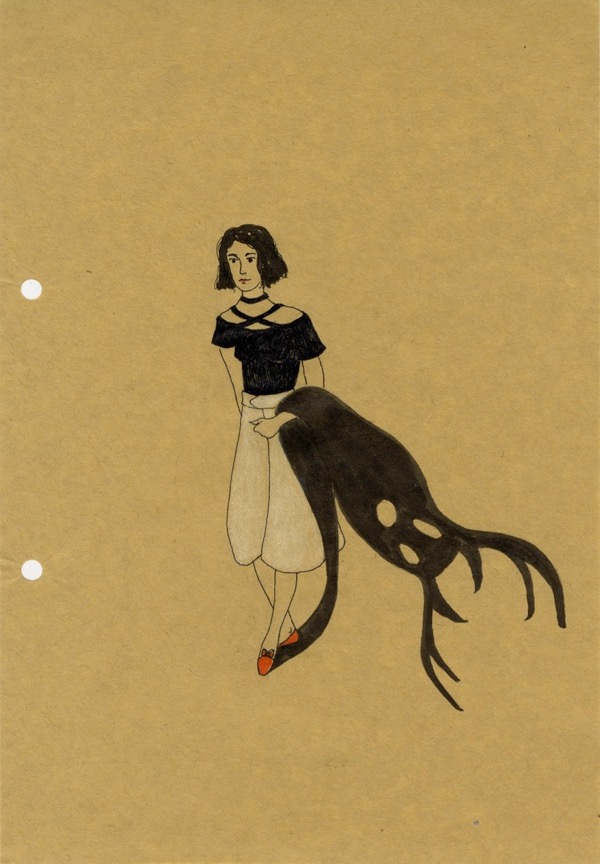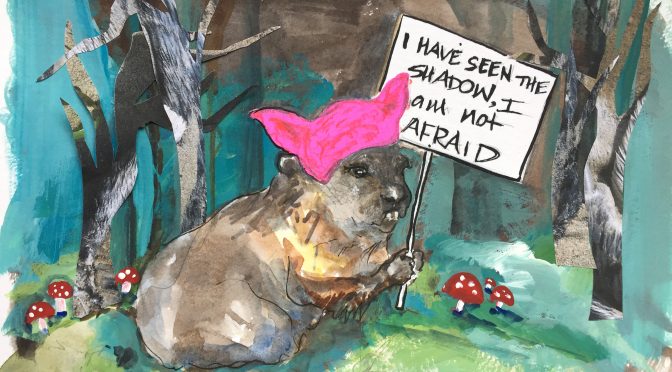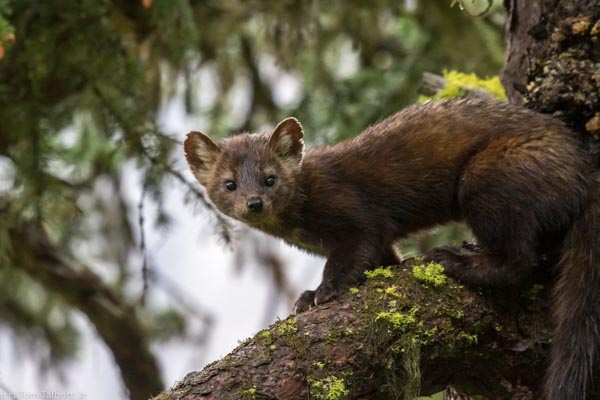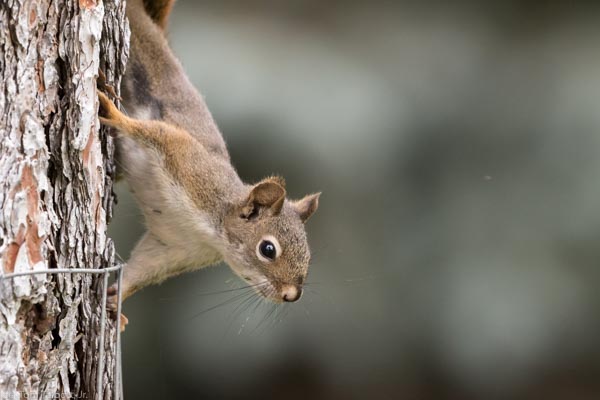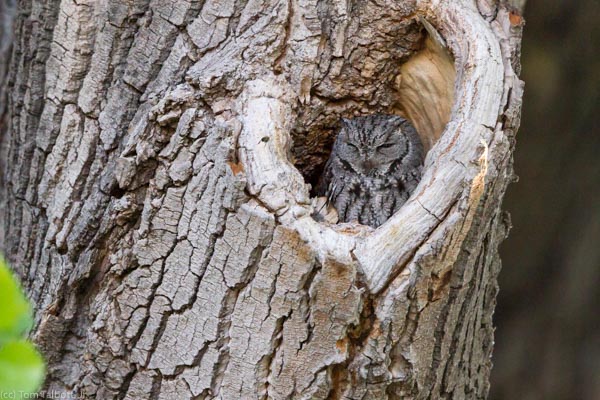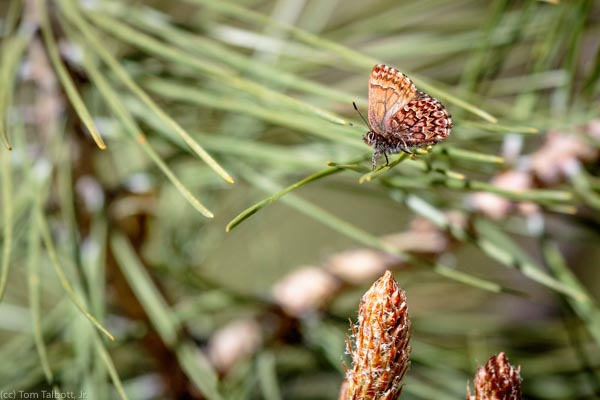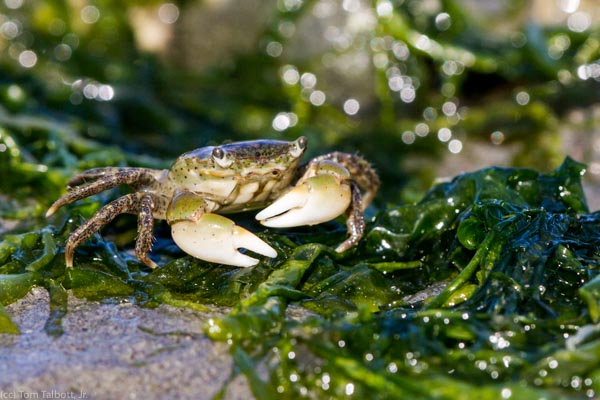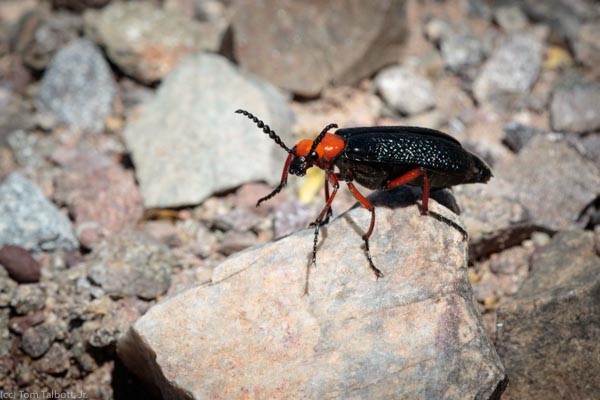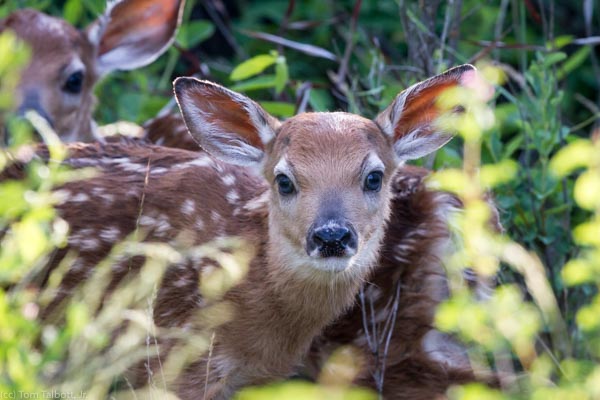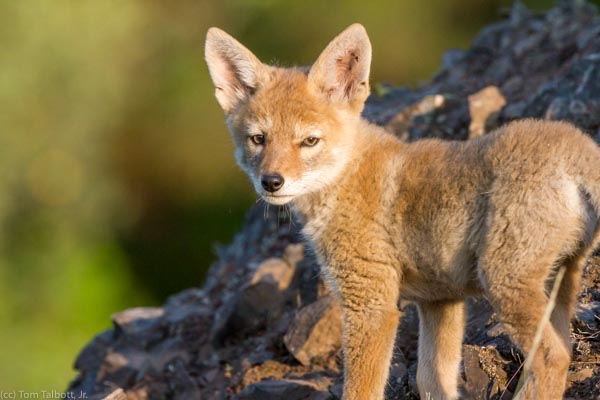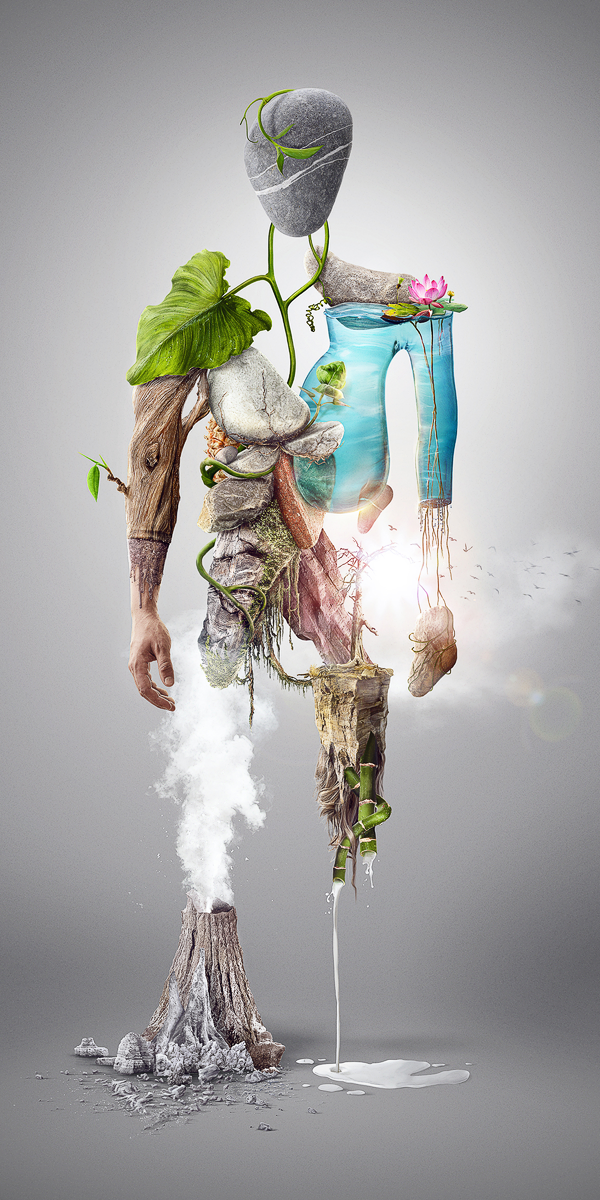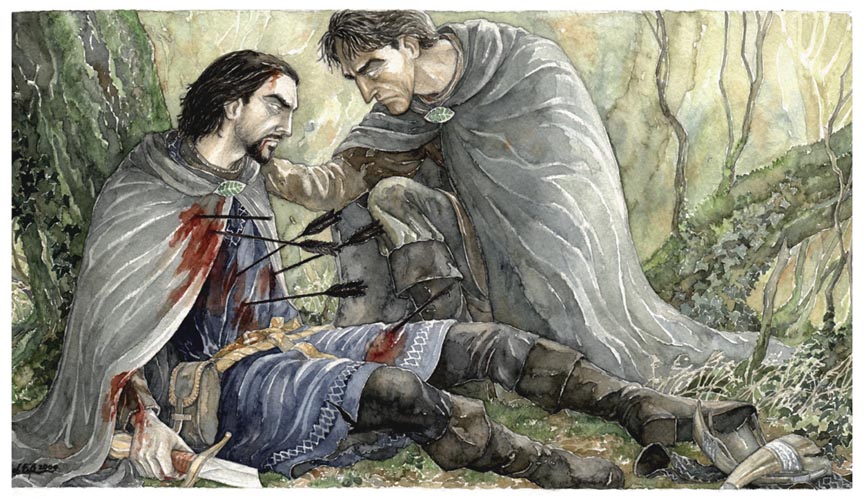I think the honeymoon is over...
 March 30, 2021
March 30, 2021 Two days after we closed on the land purchase, we went to the bosque for a relaxing evening walk. It will be peaceful, I think, and we can get to know our way around the forest. And as we start out, the bosque is peaceful, with that late-afternoon desert light, the mesquite duff soft underfoot, the air silent and dusty.
As we near the river, we hear a familiar but unexpected noise. Cows?? And then we see them, a small herd of mostly black cattle with ear tags, scattering away from us as we enter the flood plain. Cows?? There aren't supposed to be cows here. Whose cows are they? Where are they coming from?
We continue toward the river, and as we approach the water hole, we see this.
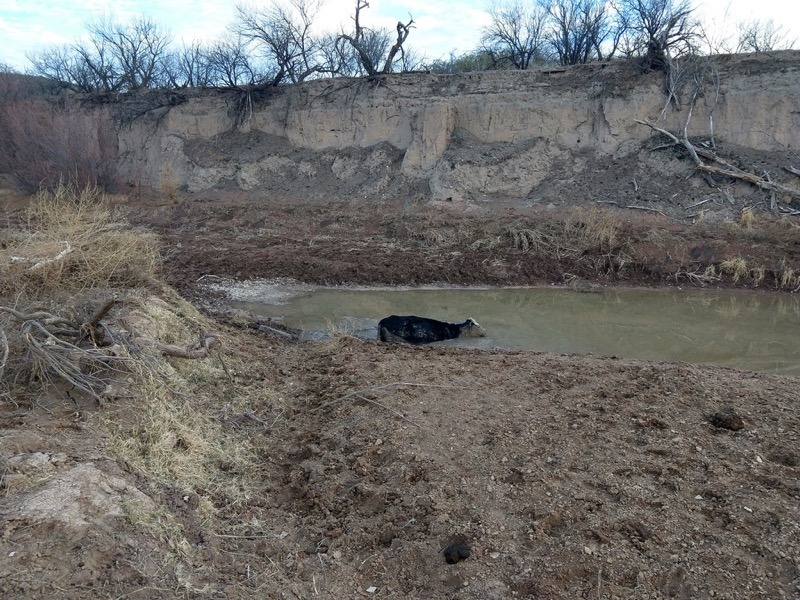
One of the cows has wandered into the pool and gotten stuck in the deep mud. Her face is covered in mud, her eyes are covered with mud. She tries to move when we approach, but she is truly mired. We are worried that she might sink completely and drown, so we take off on an urgent walk the half mile to the neighbor's house and use their land line to call for help. How do you get a cow out of the mud? How many people do we need? There are no roads here—can we get a vehicle in? We call our friend who grew up on a ranch. He is calm and has experience and ideas. It is getting dark by now, but he can bring a truck with headlights and ropes and winches. If you let them stay in there too long, they can get nerve damage in their legs. We should get her out tonight.
So off we all go to collect supplies, as well as two young friends for extra muscle and morale. Well, and who doesn't want to come to a nighttime cow rescue? By the time we meet back at the pool it is pitch black. Pretty soon here comes our friend's truck bumping over the rocky river bottom. By the light of our flashlights we can see that the cow has actually managed to struggle her way across the muddy pool to the other side and is next to the far bank. We whoop and holler encouragement, but she can't seem to muster the energy to move, and even with all the commotion she stands looking defeated next to a little rise at the water's edge. Our friend takes off his shoes, wades in and pushes at her, swatting her firmly on the rump with a rope, and with all of us cheering her on she finally comes heaving out onto the bank. After falling to her knees a few time, she staggers up and stands. Eventually she disappears off down the river, grazing hungrily.
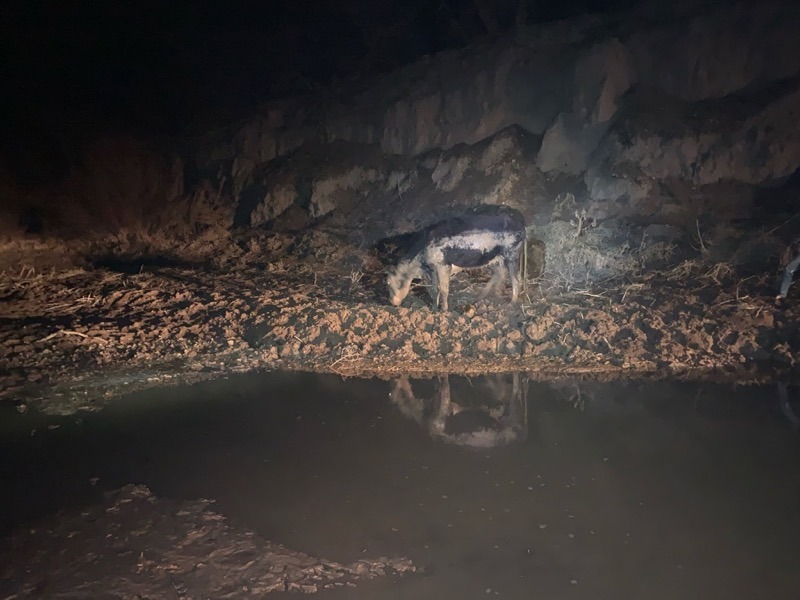
The next day the owner's cowboys come down to assess the trespass cattle and find over 40 head roaming back and forth on the river and floodplain through our land. A week later, they rounded up about 25, but that still left at least 15 animals grazing on our land and drinking at the pool for the next month and a half. Finally, about a week ago the cows had drunk all the water in the pool and moved on to find water elsewhere
 March 14...
March 14...
 ...compared to Jan 23
...compared to Jan 23
I didn't expect such an immediate reminder about how owning land doesn't mean that I control it. Arizona is a "fence out state" which means that it is the responsibility of landowners to fence cattle out, rather than the responsibility of cattle owners to fence cattle in. So even though these cattle were supposed to be on a grazing lease up Robles Canyon, miles away, there wasn't much we could do if their owner chose not to come get them. We want fewer fences, not more, for wildlife connectivity. Besides, though the river that feeds the pool runs through our land, the pool itself is actually on BLM land, as our property ends just about at the edge of it, so fencing it wasn't exactly legal. And how to fence the cattle out without fencing everything else out as well?
Our drought is so severe right now that it is heartbreaking to see all that water that should have been available for wildlife drained away in such a short time. I'm all for cattle grazing when done thoughtfully, but letting your cattle run wild is nonsense, taking resources away from wildlife, destroying the prize garden of one of the best gardeners in the valley, getting into other ranchers' pastures. The canyon where the cattle were supposed to be was poorly fenced, the rancher understaffed and overworked, whatever...it just feels like disregard for other people, especially when the cattle are still loose over two months later.
I guess I didn't expect that owning land would be so emotional—so much vulnerability, anger, fear, along with wonder, delight, and awe. I didn't expect to feel so attached so soon to this place, to feel the land open up to us as we open to it. It is such a visceral thing, caring about something. But this is the way it is; connection comes with heartbreak. Loving something means loving all of it. And all good things end eventually.
I find myself praying not just for good fortune, but to be present to whatever comes our way. And maybe learning how to build a fence wouldn't hurt, either.
 Ecology
Ecology 